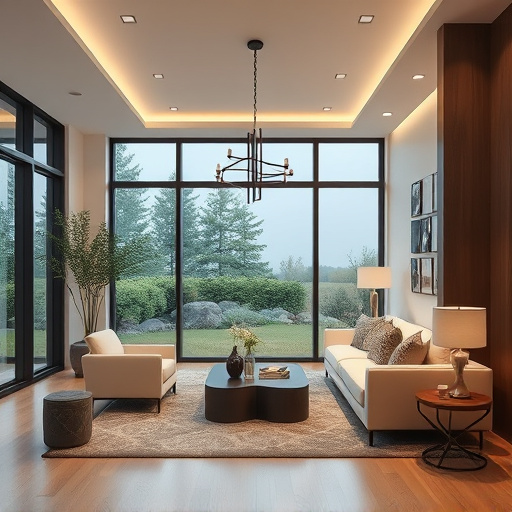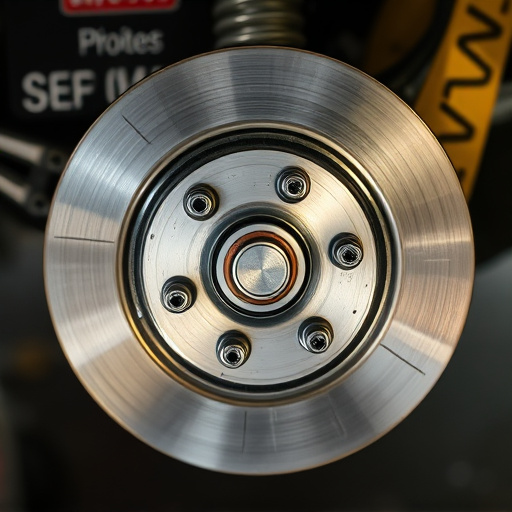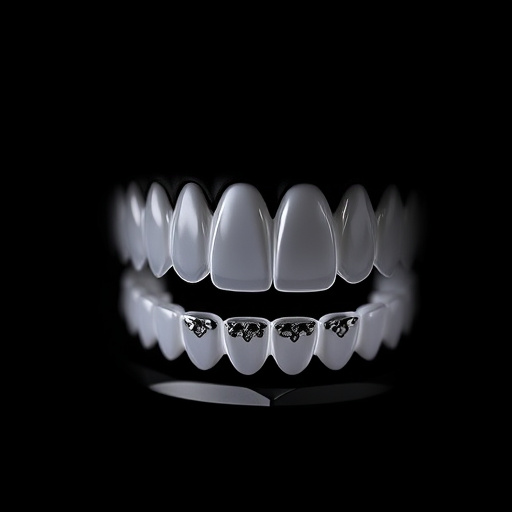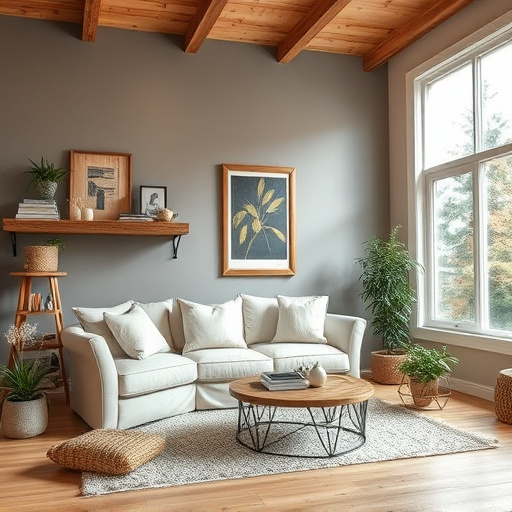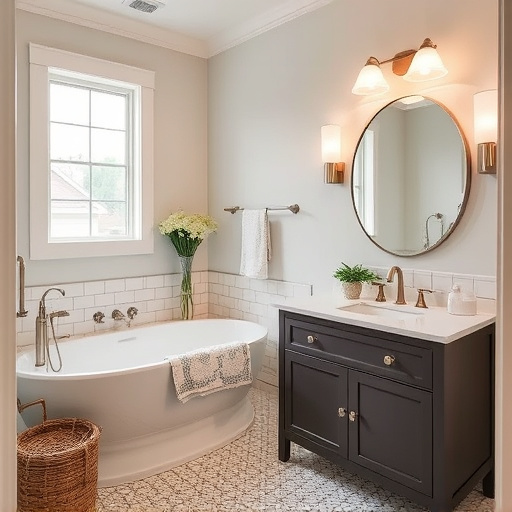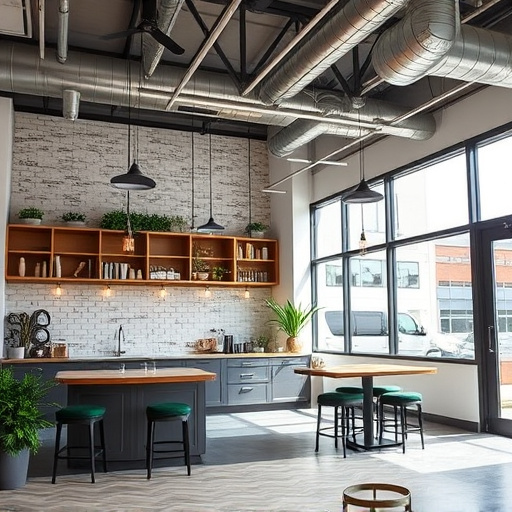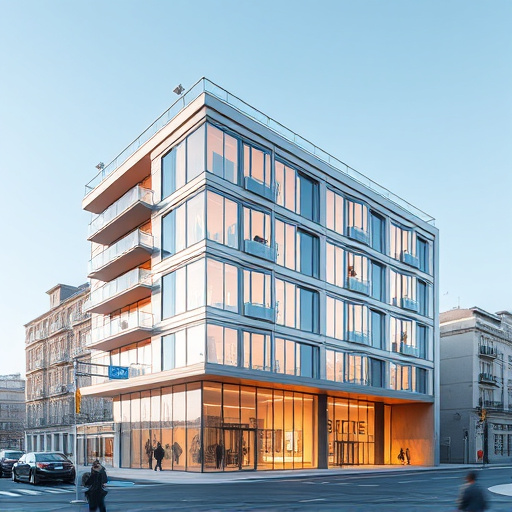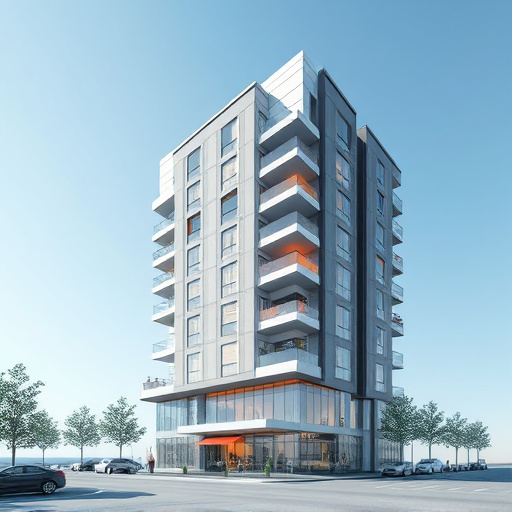Office design plays a pivotal role in enhancing productivity and employee satisfaction. Overutilized or underappreciated spaces often result in inefficient layouts. Incorporating natural light boosts mood, collaboration, and creativity. Ergonomic furniture is crucial for comfort and sustained focus. Investing in office design renovations can transform spaces into hubs of activity and innovation.
In today’s competitive business landscape, optimizing every aspect of your workspace is crucial for boosting productivity. Even seemingly small office design mistakes can significantly impact your team’s time and performance. This article delves into three common yet costly errors: poor space utilization, lack of natural light, and unergonomic furniture. By identifying and rectifying these issues, you’ll foster a more productive, comfortable, and ultimately, successful work environment.
- Poor Space Utilization: Wasting Area That Could Boost Productivity
- Lack of Natural Light: Dim Lighting Affects Mood and Performance
- Unergonomic Furniture: Comfort Issues Leading to Time-Wasting Discomfort
Poor Space Utilization: Wasting Area That Could Boost Productivity
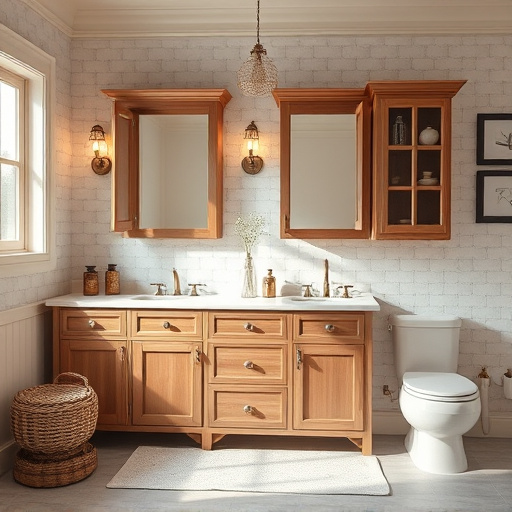
In many offices, space is either over-utilized or under-appreciated, leading to inefficient layouts that hinder productivity. Poor office design can result in wasted area—a missed opportunity to create collaborative environments and dedicated spaces for various tasks. For instance, using walls solely for dividing rooms without incorporating adjustable partitions or flexible seating arrangements limits the adaptability of the space. This inflexibility can make it challenging for employees to work comfortably, especially when team dynamics change or projects require different configurations.
Rather than settling for a one-size-fits-all approach, consider customized work areas tailored to diverse tasks and collaboration needs. Engaging in home renovation projects or enlisting professional home improvement services focused on office design can transform unproductive spaces into hubs of activity and innovation. By optimizing every corner of the office, businesses can enhance employee satisfaction, boost creativity, and ultimately improve overall productivity.
Lack of Natural Light: Dim Lighting Affects Mood and Performance
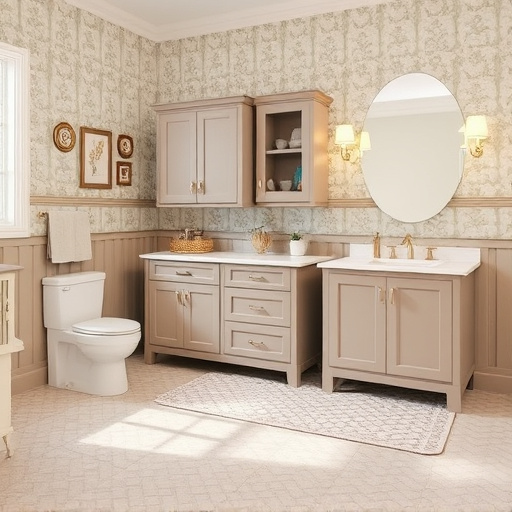
In many modern offices, a common design mistake is the lack of natural light penetration. This can have significant impacts on employee mood and productivity levels. Natural light isn’t just about aesthetics; it plays a vital role in regulating our circadian rhythms, which influence our sleep-wake cycles and overall well-being. When offices are designed with minimal or no windows, or when interior layouts block sunlight, it can lead to a dreary atmosphere and decreased energy among workers. This, in turn, negatively affects focus and productivity.
Unlike artificial lighting that often creates a cold, clinical environment, natural light adds warmth and comfort to spaces. It’s not just about enhancing the aesthetics of an office; well-lit areas promote better collaboration and creativity. In fact, studies have shown that access to daylight can improve mood, reduce stress, and even speed up recovery times from illnesses. This is particularly important in today’s fast-paced work environments where productivity gains from such seemingly small design choices can translate into significant advantages for businesses, especially when compared to those stuck in dimly lit spaces reminiscent of home additions or generic kitchen renovations.
Unergonomic Furniture: Comfort Issues Leading to Time-Wasting Discomfort
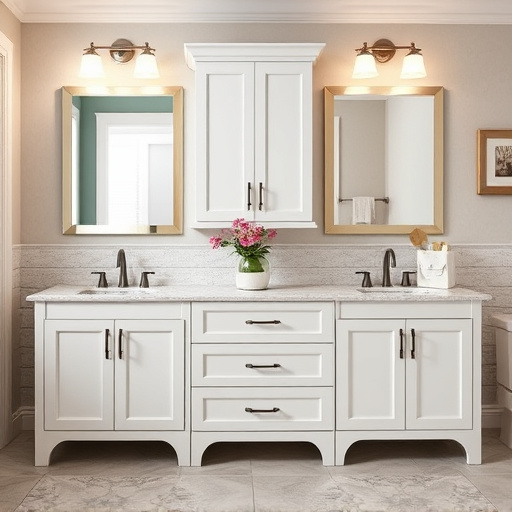
In any office design, one often overlooked aspect that significantly impacts productivity is the use of unergonomic furniture. Comfort and support are key factors in maintaining a productive work environment, yet many offices compromise on this essential element. When furniture lacks proper ergonomic design, it can lead to numerous discomforts—from backaches to neck strains—that disrupt workers’ focus and efficiency.
These physical discomforts translate into wasted time as employees may need frequent breaks to stretch or even seek medical attention for persistent issues. Investing in ergonomically designed furniture, therefore, becomes a strategic decision not only for enhancing employee well-being but also for ensuring a seamless flow of work processes. Consider renovation services or home improvement projects that focus on transforming your office space into a comfortable, supportive environment—a change that could pay off with increased productivity and reduced time spent on addressing comfort-related issues.
Office design plays a pivotal role in shaping productivity levels. By avoiding common mistakes such as poor space utilization, inadequate natural light, and uncomfortable furniture, businesses can create environments that foster focus and efficiency. Investing in thoughtful office design not only enhances employee satisfaction but also boosts overall performance, ultimately contributing to greater success and competitiveness in today’s market.

